10 Questions with the photographer Alejandro Cartagena
By Veronica Sanchis
Translated by Ellen Donnison
This March Latina Photography interviews Alejandro Cartagena, a Dominican photographer who has lived in Monterrey, Mexico since 1990. Cartagena has developed his work within his social surroundings, focusing on the rural landscape that is rapidly becoming urban. One of his most recognised works is the series Carpoolers, which was made into a book.
Alejandro Cartagena was born in the Dominican Republic in 1977. He studied a master’s in visual arts at the UNAL (Universidad Autónoma de Nuevo León). His work centres on an exploration of the landscape and the portrait, using them as tools to observe the social, cultural and political constructs that make up Latin American societies. Cartagena has exhibited his work in Mexico, China, the United States, Italy, England, Canada, Asia and Europe. His work has featured in over 50 collective exhibitions throughout America, Asia and Europe. His work has been published in magazines such as Wallpaper, Monocle, Financial Times, The New Yorker, PDN, New York Times, American Photography and Domus among others. His book Suburbia Mexicana, was edited by Daylight and Photolucida in 2011.
His works are in private and public collections in places such as MOMA in San Francisco, the MFAH in Houston, the MOCP in Chicago, and the MAM in Rio de Janeiro. He was scholarship holder for the private programme Young creators of the Fonca/Conaculta. He has received a Book Award prize from the foundation Photolucida, the Latin Lens prize in Chile, a prize from the Institute Italo-Latinoamericano in Rome, was a finalist for the portfolio prize, Prize de Aperture in New York and for the Prix Pictet prize in England. He was also named one of 30 of the most exciting emerging photographers by New York magazine PDN and dubbed The Talent by Amsterdam magazine FOAM. His work is represented by the Circuit Gallery in Toronto, the Kopeikin Gallery in Los Angeles and the Patricia Conde gallery in Mexico.
1. Ventana Latina: What inspired you to become a photographer?
Alejandro Cartagena: The possibility of doing something that reflects what I think and believe in, and the world that surrounds me. I find it fascinating representing ideas about things and events that are significant to me.
2. VL: Tell us about your work in progress, Transporte Urbano. What does it consist of?
AC: It will be created to accompany the series Carpoolers. I spent hours looking at types of transport that we use in the city, which I photographed from an abstract point of view. For me the images represent the social and economic diversity that make up the city. To me it’s a combination of form and content that is almost musical and makes for dynamic work.
3. VL: Which theme has developed most in your photographic work?
AC: Urban development and its consequences within the city’s environment and also the daily life of the citizen.
4. VL: What was it like working in Cuba? Your photos reveal a different side to Havana: rich and modern. How did this come about? Tell us a little about the locations you photographed.
AC: Working in Cuba was an incredible experience. I’m from the Dominican Republic so I had certain preconceptions of island life, but Cuba is different. Aside from what is obvious at first glance, what really captured my attention were the contrasts I encountered on the island that I didn’t know existed. The spaces I documented were actually suggested by a writer from England, who had made an investigation into lots of ‘new’ places. At the start, confronting these spaces was a shock, but through speaking to the ‘owners’ and the people, I came to understand that Cuba is not that different from many Latin American countries that are already plagued with large economic disparity.
5. VL: What do you find inspirational about Latin America?
AC: That the places and the people are a reflection of who I am. This is always emotional and chilling at the same time as I identify myself with the good and the bad reflected in my people, the places they have constructed and where they live. For example, I spent several years creating a type of catalogue of different road infrastructures in Mexican cities. Almost all of the structures (bridges, roads and their signs) are different; creating a ‘potpourri’ of varying cities, where there is neither structure nor certainty. For me, this is a reflection of our Latin culture. It’s dispersed, random, unstable and inconsistent. I photograph it to accept it and to possibly change myself.
6. VL: How do your projects evolve from the initial idea to the practical work?
AC: It isn’t too complicated. For the last seven years I have tried to follow a central idea of urban development, or the border (between Mexico and the USA) to create new projects. When I conceptualise an idea I see if it fits in with, or speaks to what I have already produced. I often take photos, of almost everything I think about, I then go through a selection process to decide which projects I will pursue. If I continue something, I begin a close examination and an intense period of reflection about what I photographed and how the images communicate with each other. Finally I try to think about how the images function in the format of a book, therefore, I think in pairs: individual photos and in chapters. This helps to form a structure that lets me see the holes in the project.
7. VL: Throughout your career you have focused on the outskirts. What is it about the suburbs that inspires you?
AC: Exploring various things interests me. First, the idea of how these landscapes are altered by new housing developments. This has a lot to do with my interest with the history of photography where one speaks about it as a tool that has documented the change of the landscape since the 19th century due to urban development. Second, it interests me to observe how these spaces generate reactions to their surroundings and the people who live there. The projects of Lost Rivers and Carpoolers are good examples of how the rapid expansion of these suburbs in Mexico has had a negative impact (and some positive ones) in the lives of the inhabitants and in the natural environment that surrounds them.
8. VL: What style emerged first, the landscape or the portrait?
AC: The portrait. My first serious work is self-portraits and later, portraits of the people that surrounded me. I had a need to understand myself and to overcome a minor identity crisis I had with being Mexican. I eventually overcame a lot of these things and because of this I became interested in looking at the landscape. I continued looking for myself in those spaces but they were already reflections on what was happening with the city that I lived in.
9. VL: Have you ever thought about developing a project in the Dominican Republic, your native country?
AC: I’m waiting to begin a project in the Higuey region. It is a hugely important place for me, but I haven’t had the time or the resources to do it yet. Though I hope to do it soon!
10. VL: What was it like putting your project Carpoolers into a book?
AC: It has been a long and painful process. I spent nearly 2 years working on the book. It interests me that the book doesn’t work as a catalogue but as a piece that makes you look at the work in a way only a book can. There are things no one has yet seen from the project that will be a pleasing surprise. I have started pre-sales of the book to be able to finance part of its production. It will have more than 60 photos (many unedited) which will be printed on beautiful paper. I hope your users like it and feel inspired to support it.
To see more of Alejandro Cartagena’s work click here.
To buy the Carpoolers book, click here.

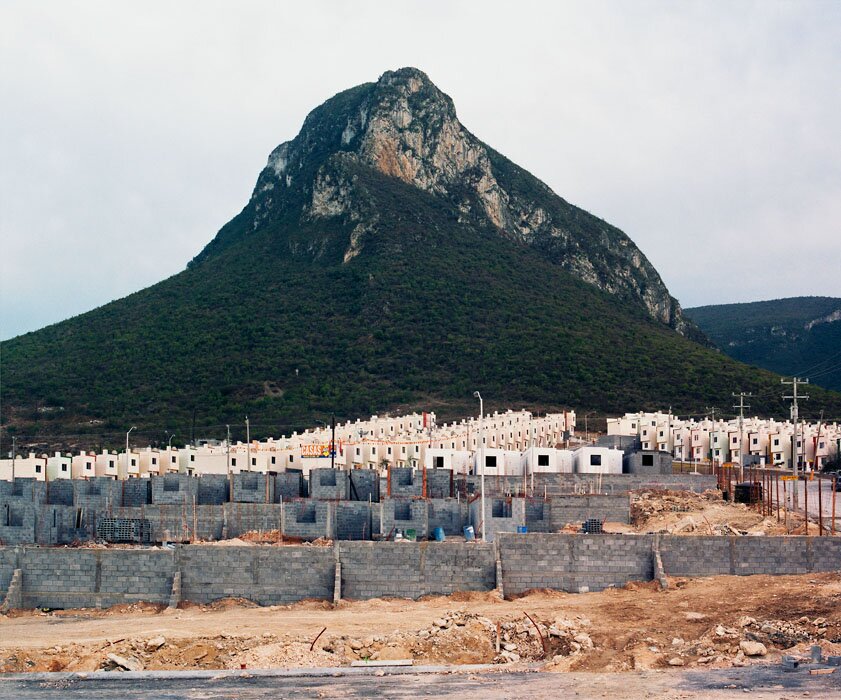
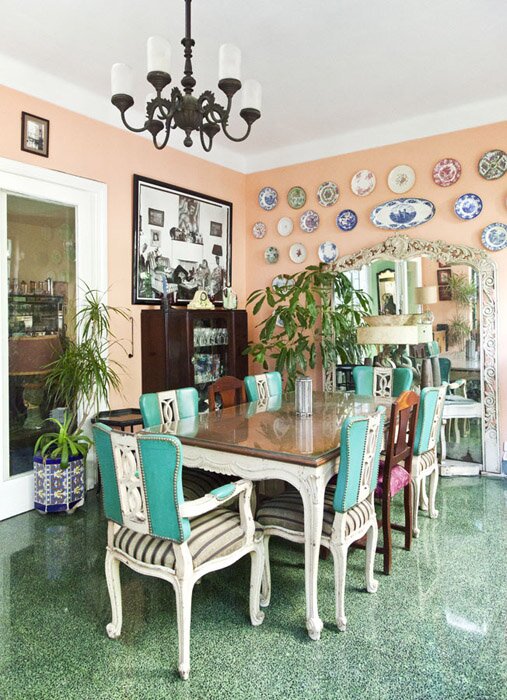
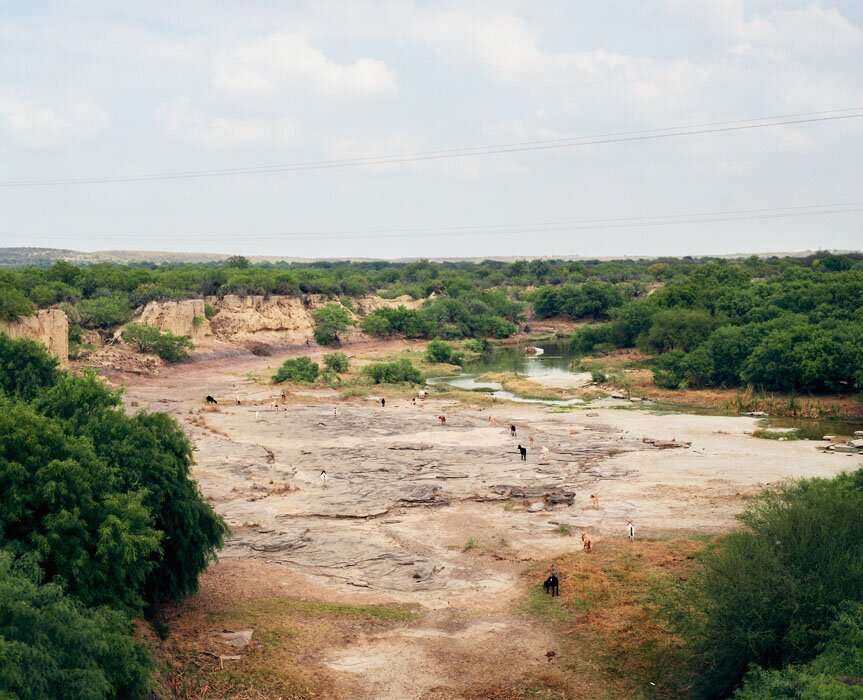

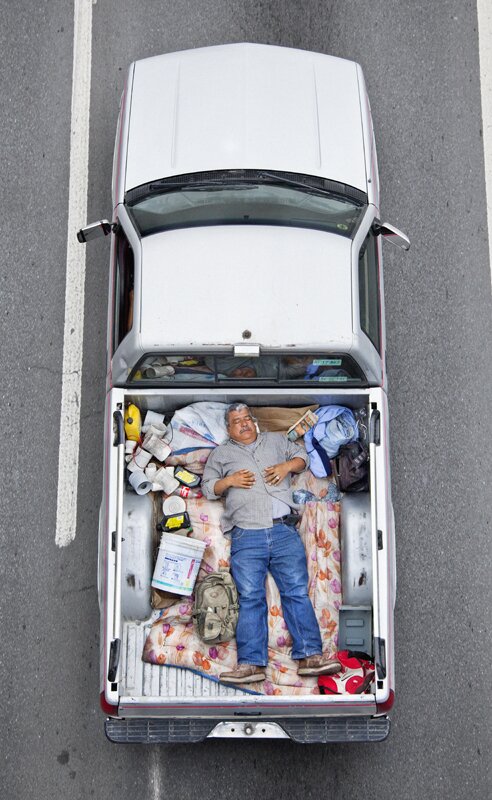
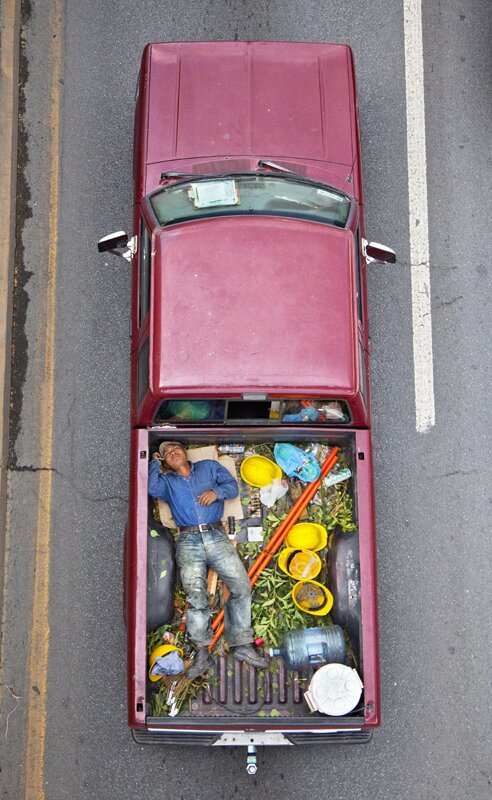
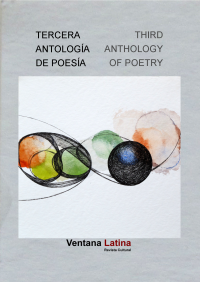


 Copyright © 2024
Copyright © 2024